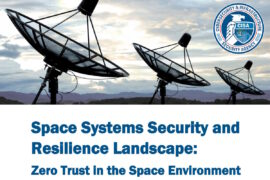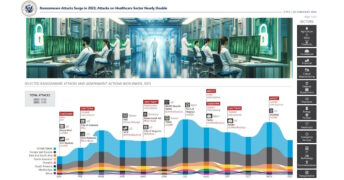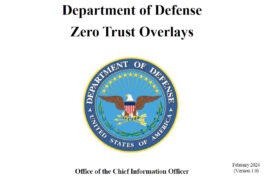Preparing your OT Environment for NIS2 Compliance

The NIS2 directive is about five months away from becoming law in the European Union (EU). While some organizations are sprinting ahead toward compliance, others are struggling to get off the starting blocks. The clock’s not stopping, and after October 17, 2024 non-compliant facilities will face onerous penalties and the possibility of jail time for executives.
This article should help those managing operational technology (OT) facilities get on the path toward compliance.
Step 1: Identify the Scope of Your OT Network
The first step is identifying the elements in the network, so you know what needs to be secured. This is a process that begins with delineating OT systems from the broader Information Technology (IT) infrastructure. By clearly demarcating these systems, organizations can gain a focused understanding of the unique challenges and requirements inherent to their OT landscape.
Once that’s done, you’ll need to perform a comprehensive assessment of the OT environment. This includes scrutinizing asset registers, scouring through site design documentation, reviewing network diagrams, and delving into previous audit reports. These sources can provide invaluable insights into the composition, configuration, and vulnerabilities of the OT infrastructure.
Establishing visibility within the OT environment wherever possible is critical. This will enable your organization to proactively detect and address potential security threats or operational anomalies.
Step 2: Utilize Pre-Existing IT Resources
Most organizations managing OT environments already have existing cybersecurity policies and programs in place for the IT side of their business. Many of these policies and procedures can be applied to the OT elements of their business. For example, Access Control is a foundational IT cybersecurity measure that controls which users can access the different systems, software, and data within the corporate landscape. Many of those policies can be modified and applied to the OT world.
Additionally, companies have developed incident handling plans and response templates. Those too can be recycled and modified to handle incidents within OT systems. Organizations have also developed IT training programs for employees, which should be modified for OT and implemented.
Step 3: Identify and Record Gaps
Identifying and recording gaps in cybersecurity practices is a crucial step towards achieving compliance and strengthening the resilience of operational environments. After mapping your OT environment and applying IT resources to secure it, you should be able to pinpoint areas where defenses may be lacking or where vulnerabilities exist.
Utilizing the insights from gap analysis, you can prioritize initiatives and allocate resources effectively to address identified gaps and enhance cybersecurity posture. This approach ensures that efforts are focused on mitigating the most significant risks and achieving compliance with relevant standards and regulations. Moreover, by identifying effective ways to satisfy compliance obligations, organizations can streamline their compliance efforts and optimize resource utilization.
The path to compliance involves adopting a risk-based approach to risk management, where organizations leverage existing information and insights to prioritize risk mitigation efforts. By identifying key sites and critical systems within the OT environment, you can establish a realistic and proportionate risk reduction roadmap. This roadmap outlines actionable steps and milestones for enhancing security measures, reducing vulnerabilities, and achieving compliance objectives in a structured and systematic manner.
Step 4: Use Automation Tools to Manage OT Security
Automation plays a pivotal role in streamlining cybersecurity efforts and ensuring the efficiency and effectiveness of compliance initiatives within OT environments. By leveraging modern tools and technologies where appropriate, organizations can automate various aspects of cybersecurity management, reducing manual effort and human error while enhancing overall operational resilience.
Utilizing automation tools allows organizations to reduce man-hours spent on routine tasks such as OT mapping. These tools enable the development of repeatable and scalable processes, ensuring consistency and reliability in cybersecurity operations. By automating processes, organizations can gain comprehensive visibility into their OT environment, identifying assets, vulnerabilities, and risks more efficiently.
Furthermore, automation facilitates continuous monitoring of OT systems and networks, enabling organizations to detect and respond to cybersecurity threats in near real-time. By automating the collection and analysis of security data, organizations can proactively identify anomalous activities and potential security breaches, mitigating risks and minimizing the impact of cyber incidents on critical operations.
The Path to Compliance
The path to NIS2 compliance demands a proactive approach, grounded in risk management principles and fueled by a commitment to continuous improvement. By embracing these principles and taking decisive action now, organizations can ensure not only compliance with NIS2 but also the resilience and security of their critical OT systems. The time to act is now – the countdown to compliance is on, and the stakes have never been higher.










